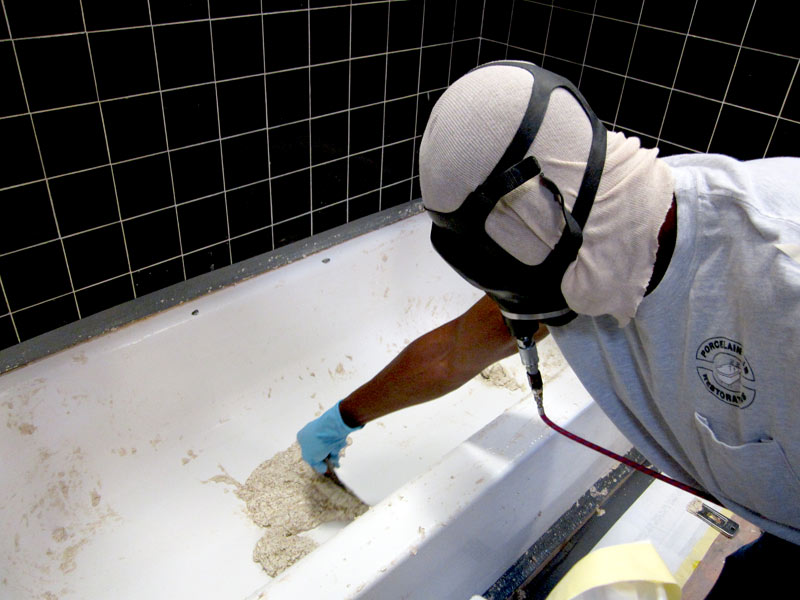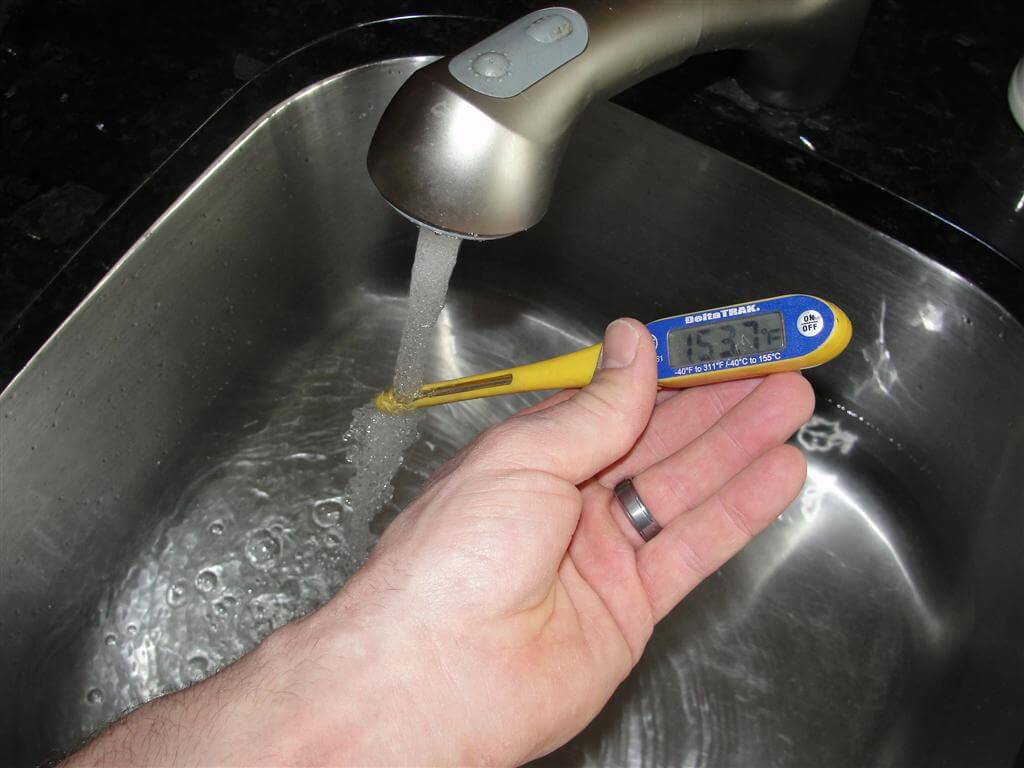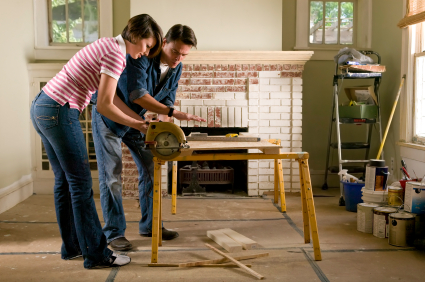We should be aware that bathtub re-finishing and re-glazing shouldn’t be considered a DIY project. These tasks involve the use of hazardous materials and chemicals that may be beyond our ability to use. We may need to ask professionals to do the job. However, it is important for homeowners to understand the general process.
- Cleaning: It is considered a high priority to clean up the surface of the bathtub and we can do this by using abrasive cleaners, such as Comet and Ajax. It is also important to use razor blade and scrubber pad to remove any stubborn brown deposit. In fact, by doing this we could actually make the bathtub look new again. Caulking should also be removed from the tub, especially if it is based on silicone materials.
- Protection: It is important to make sure that we have proper protection. The bathtub re-finishing and re-glazing will require industrial-grade, harsh chemicals. It means that we should think about safety first. This is very important.
- Floor covering: Homeowners should make sure that workers use proper floor covering. In this case, the bathroom floor should have 3-mil plastic sheathing. Edges of the plastic cover can be attached with duct tape to the floor and it should reach about three feet from the bathtub perimeter. Masking paper may be needed if the surface about the bathtub is made from dark glossy tile.
- Ventilation: It is important that the work is performed in well-ventilated room. If there are no windows, the exhaust fan should be turned on. This will ensure that safety of workers and house occupants, because chemical fumes may cause various health hazard.
- Personal protection: During the cleaning and chemical handling process, it is important to wear a respirator. A full-face model is needed to avoid splash for touching our face. Workers should also use rubber gloves to protect their hands.
- Surface preparation: When the cleaning steps have finished, we can complete the dryness and cleanness of the surface with towel. The next step, an etching solution is needed and it usually contains hydrofluoric acid compound. We could apply it with industrial sponge or large bristle paintbrush. This step should be performed carefully, because hydrofluoric acid could cause damages to many surfaces. As an example, we shouldn’t allow the acidic solution to flow down the drain freely, because it could cause leakage on pipes and other piping components. The strong acid fume should be removed immediately, because it could cause spot-like damages on many surfaces and cause irritation on family members. After 15 minutes, the strong acid will be neutralized with baking soda. We could use warm water to wash and rinse the tub. Scrubbing pad is needed to remove power and residue build up.
Repair on damaged and chipped areas may follow the overall acid etching process. We could use small batch of fibreglass material and apply it with a spreader. It should be easier to inspect the bathtub for any kind of imperfections at this stage, because they are more visible after the etching process.








